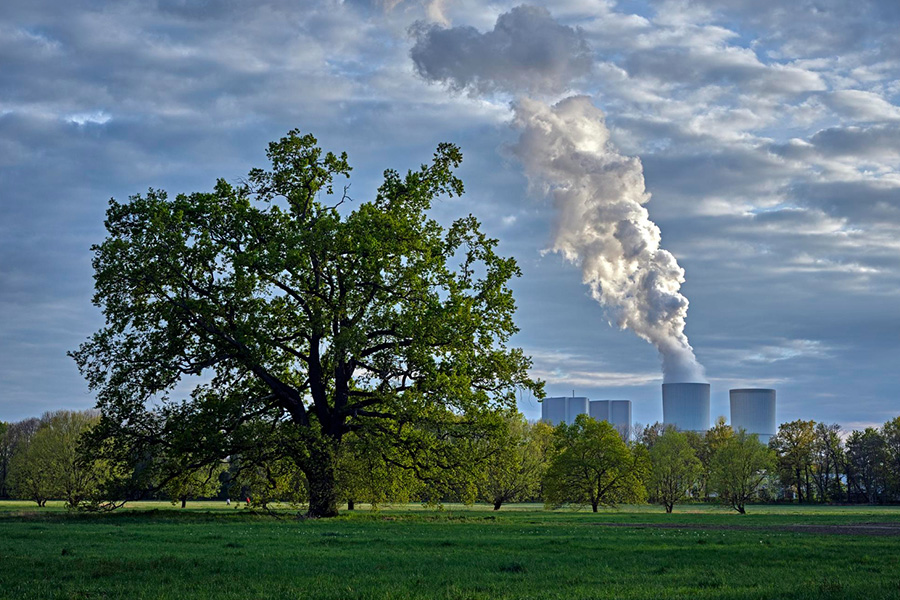
Wetlands in Chhattisgarh, India, emit significant amounts of greenhouse gases, with methane, carbon dioxide, and nitrous oxide emissions varying with temperature and water quality.
Authors
Adikant Pradhan, Department of Agronomy, Indira Gandhi Agricultural University, Raipur 492012, India
Abhinav Sao, Department of Genetics and Plant Breeding, Indira Gandhi Agricultural University, Raipur 492012, India
Tarun Kumar Thakur, Department of Environmental Science, Indira Gandhi National Tribal University, Amarkantak 484887, India
James T. Anderson, James C. Kennedy Waterfowl and Wetlands Conservation Center, Belle W. Baruch Institute of Coastal Ecology and Forest Science, Clemson University, P.O. Box 596, Georgetown, SC 29442, USA
Girish Chandel, Department of Plant Molecular Biology and Biotechnolgy, Indira Gandhi Agricultural University, Raipur 492012, India
Amit Kumar, School of Hydrology and Water Resources, Nanjing University of Information Science and Technology, Nanjing 210044, China
Venkatesh Paramesh, ICAR-Central Coastal Agricultural Research Institute, Old Goa 403402, India
Dinesh Jinger, ICAR-Indian Institute of Soil and Water Conservation, Research Centre-Chandigarh, Chandigarh 160019, India
Rupesh Kumar, Professor, Jindal Global Business School (JGBS), O. P. Jindal Global University, Sonipat, India
Summary
In recent decades, wetlands have played a significant role in the global carbon cycle, making it essential to quantify their greenhouse gas (GHG) emissions at regional, national, and international levels. This study examines three dammed water bodies (Dalpatsagar, Gangamunda, and Dudhawa lake–wetland complexes) in Chhattisgarh, India, to estimate their GHG emission potentials. Methane (CH4) showed the highest emission rate, peaking at 167.24 mg m−2 h−1 at 29.4 °C in Dalpatsagar during the standard meteorological week of 21–27 May. As temperatures rose from 17 °C to 18 °C, CH4 emissions ranged from 125–130 mg m−2 h−1. Despite slightly higher temperatures, Dudhawa showed lower emissions, likely due to its larger surface area and shallower depth. Carbon dioxide (CO2) emissions from Gangamunda increased sharply from 124.25 to 144.84 mg m−2 h−1 as temperatures rose from 12 °C to 25 °C, while Dudhawa recorded a peak CO2 emission of 113.72 mg m−2 h−1 in April. Nitrous oxide (N2O) emissions peaked at 29.11 mg m−2 h−1 during the 8th meteorological week, with an average of approximately 10.0 mg m−2 h−1. These findings indicate that climate-induced changes in water quality may increase health risks. This study offers critical insights to inform policies and conservation strategies aimed at mitigating emissions and enhancing the carbon sequestration potential of wetlands.
Published in: Water (Switzerland)
To read the full article, please click here.

